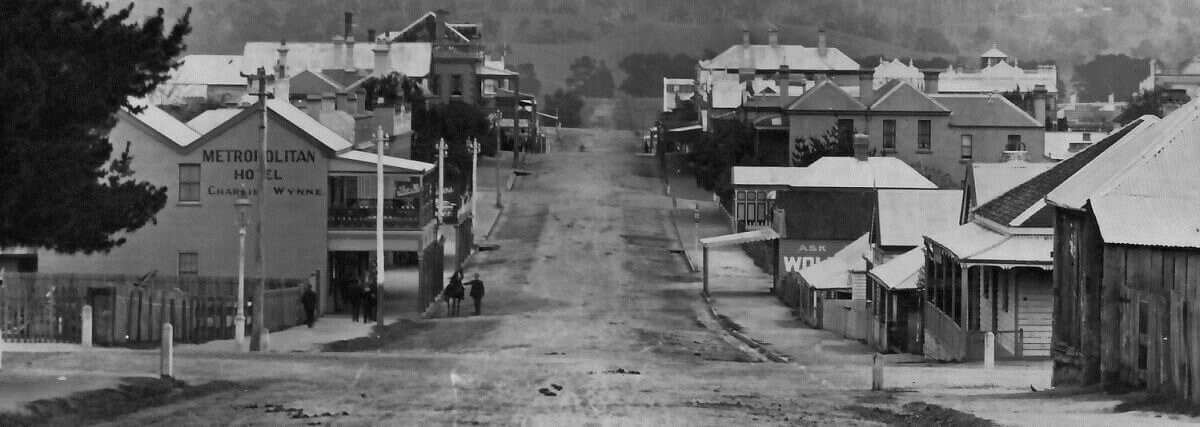John L Walker Pioneer Bega Optometrist


John L Walker who graduated in 1931 was the first optometrist in the Bega Valley on the far south coast NSW.
The National professional body was only created in 1918 so he was a very early qualified optometrist in the history of NSW South Coast Optometry.

He practised in Canning St Bega and subsequently moved to the corner of Carp St and Canning St opposite the King’s Theatre.
Many patients depending upon their age range still remember him well.

From mid-1940’s Noel P Ford practised based at Bega after originally working at Newtown in Sydney. He also a pharmacist and farmer. During the 1990’s Noel Fords farming property at Mogareeka Tathra, Riverview was acquired under the 1973 Coastal Land Protection Scheme and is now part of Mimosa Rocks National Park. It had a wonderful view of the beach up to the Tathra headland
Roger B Stewart Optometrist came to Bega in the mid-1960s after practising in Wagga Wagga to the same John L Walker rooms of the 1930s. In the 1930s glasses were often described as medical appliances whereas nowadays quality eyewear has both the optical correction and fashion element.

Roger B Stewart relocated a few doors up to 91 Carp St Bega (Opp Coles) in the early 1980s, who Peter D’Arcy joined as a partner in 1984 expanding into Merimbula and Eden as Stewart and D’Arcy Optometrists. With today’s freedom and time and resources, Peter D’Arcy Optometrist Bega can provide a highly tailored service.

Optometry Australia’s 102-year-old journal, Clinical and Experimental Optometry (CXO), was also published online by Taylor & Francis from 1 January 2021 and allows thousands of scientific articles at ones fingertips.
READ MORE
The good folk from as far as Eden, Cooma and Batemans Bay as well up and down from the sapphire coast were treated by John Walker who also travelled extensively providing services without today’s health fund and medicare provisions.
Services as an independent optometrist were largely vision testing and provision of a basic array of spectacles, not prescription sunglasses, nor eg coloured contact lenses. Many patients recall their eye examination from yesteryear in their feedback. Nor were the advanced prescription glasses of today with the latest technology and eyewear available nor could he employ the latest technology to fully assess eg diabetes, glaucoma, macular degeneration and cataract conditions that dominate today’s health fund claims.
Vision 2020 Australia supports the following indicators in relation to measuring eye health and vision care as part of the Close the Gap initiative for aboriginal people:
Increase in the number of adult health checks (Medicare Benefits Scheme 715)
Increase in retinal examinations for Aboriginal and Torres Strait Islander people with diabetes
Cataract surgery rate for Aboriginal and Torres Strait Islander people compared with the rate for non-Indigenous people
Cataract surgery occurring within 90 days of booking
Visiting optometry days in rural and remote communities
Visiting ophthalmology days in rural and remote communities
Trachoma prevalence rates and treatment coverage
Treatment rate for diabetic retinopathy
Subsidised spectacles.
Perhaps by 2030, 100 years after John Walker’s time the above will be a reality
